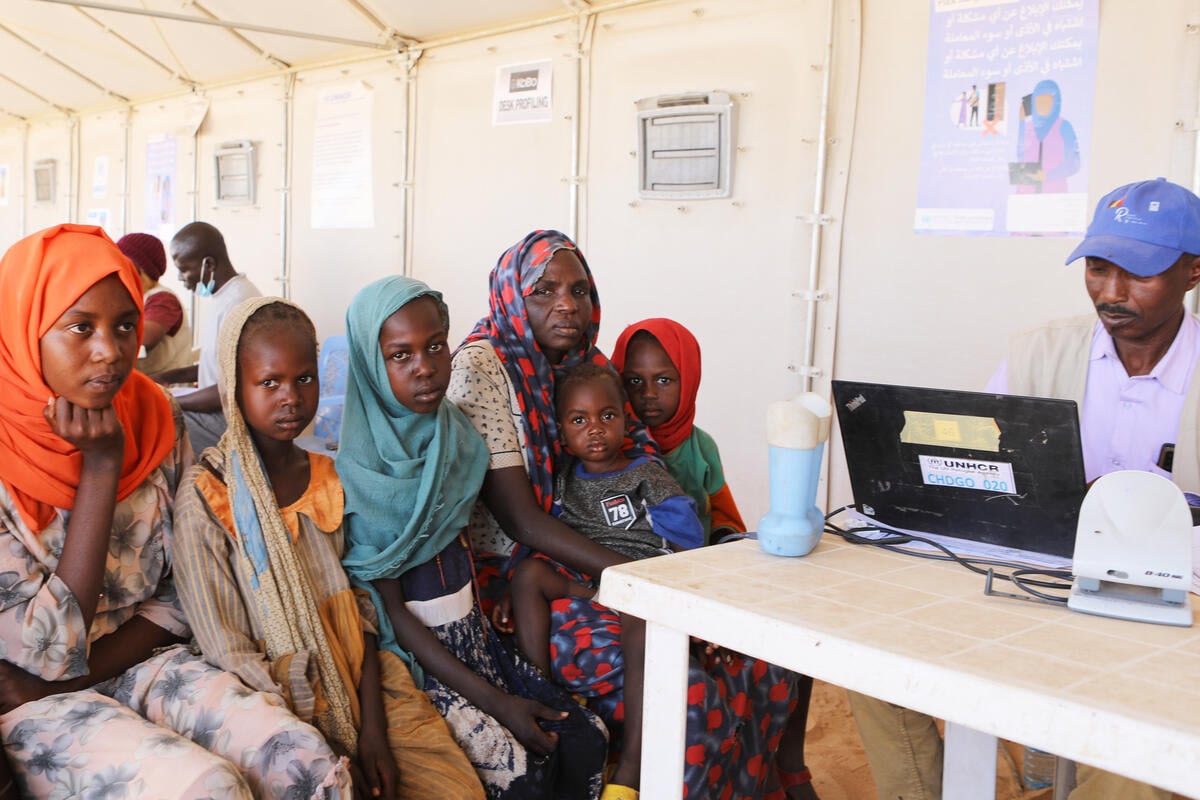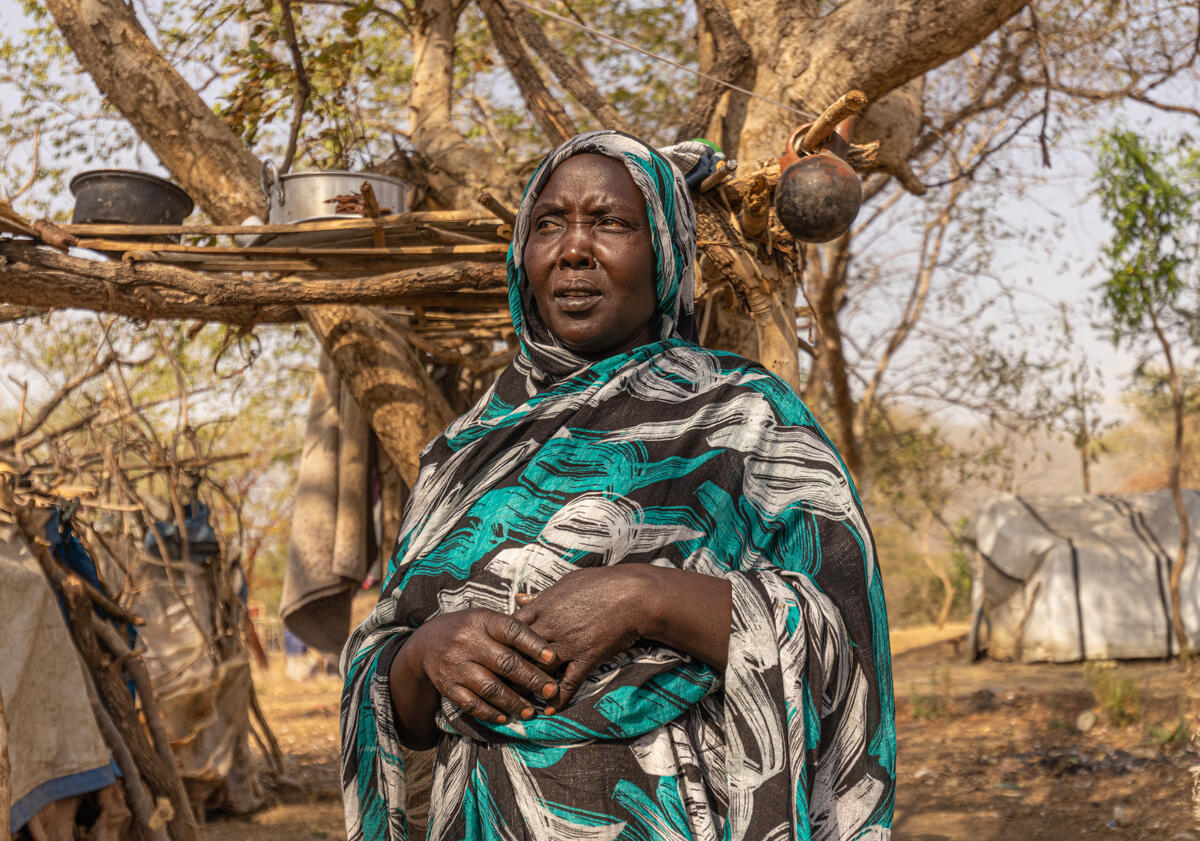Chad/Sudan: Population movements in both directions along troubled border
Chad/Sudan: Population movements in both directions along troubled border
We are now seeing population movements in both directions along the troubled Chad-Sudan border, further evidence of the spreading insecurity that now straddles this increasingly insecure region. In addition to the more than 200,000 Sudanese refugees from Darfur who have sought refuge in eastern Chad in the past three years, we're now seeing indications that some Chadians are themselves fleeing in the opposite direction, to Darfur.
In West Darfur, for example, 8,000 to 10,000 people, including an undetermined number of Chadians, have gathered around the villages of Galu and Azaza, about 35 km north-west of El Geneina, the region's main city. They have erected five makeshift camps around Galu and Azaza. Initial assessments by UNHCR and its partners indicate the spontaneous sites have grown over the past two months following a bloody attack on the Chadian border town of Adré last December.
UNHCR and Sudanese authorities are currently in the process of determining the status of those gathered in the five camps, most of them women and children. On Sunday, an assessment mission by UNHCR and its partners, along with a Sudanese official, confirmed that there are definitely Chadians among the group in Galu and Azaza. But there are also many Sudanese nationals among them - possibly drawn to the sites in the hope of receiving international assistance.
Any Chadians among this group are of concern to UNHCR and would be considered asylum seekers pending determination of their status. In interviews with UNHCR staff, the Chadians cited a rebel attack on the Chad town of Adré on December 18 as the trigger that pushed them to flee across the border to Darfur. More than 100 people were reported killed in Adré during the fighting between rebel forces and the Chadian government troops. Several subsequent attacks were also reported in villages north of Adré, prompting others to flee. Some of the Chadians appear to have fled directly to the Galu area, where some had relatives, while others wandered in border areas for some time before getting word of the spontaneous sites and then walking to Galu and Azaza. A small number of new arrivals are still reported daily at the sites.
UNHCR and its partners are providing some assistance to the group, including distribution of plastic sheeting. NGOs have drilled three boreholes near the camps to ensure an adequate water supply. Water storage bladders and pumps have also been installed. A medical NGO has also conducted a vaccination campaign.
Confirmation that Chadians have crossed into Darfur is certainly a worrisome new development and a sign of the deteriorating security situation along the border.
High Commissioner António Guterres has repeatedly expressed deep concern over the potential for further destabilisation in the region.
There are currently 1.8 million internally displaced people in Darfur and 200,000 refugees from Darfur in 12 camps in eastern Chad.
Meanwhile, Assistant High Commissioner Judy Cheng-Hopkins yesterday began a one-week mission to Chad with a visit to Oure Cassoni refugee camp, the biggest in eastern Chad with some 29,600 Sudanese refugees.
She met with refugee leaders in the camp and assured them that the world has not forgotten them.
Refugees told Ms. Cheng-Hopkins that they wanted to go back home, but only when peace returns in Darfur. They stressed the necessity of a bigger role for an international peace mission in Darfur. The leaders also asked for access to secondary education for their children.
Ms. Cheng-Hopkins is scheduled to travel to two other refugee camps in the east today, Farchana and Gaga. She is then scheduled to travel to southern Chad's border region with the Central African Republic (CAR), where a new influx of CAR refugees just crossed over to Chad.








